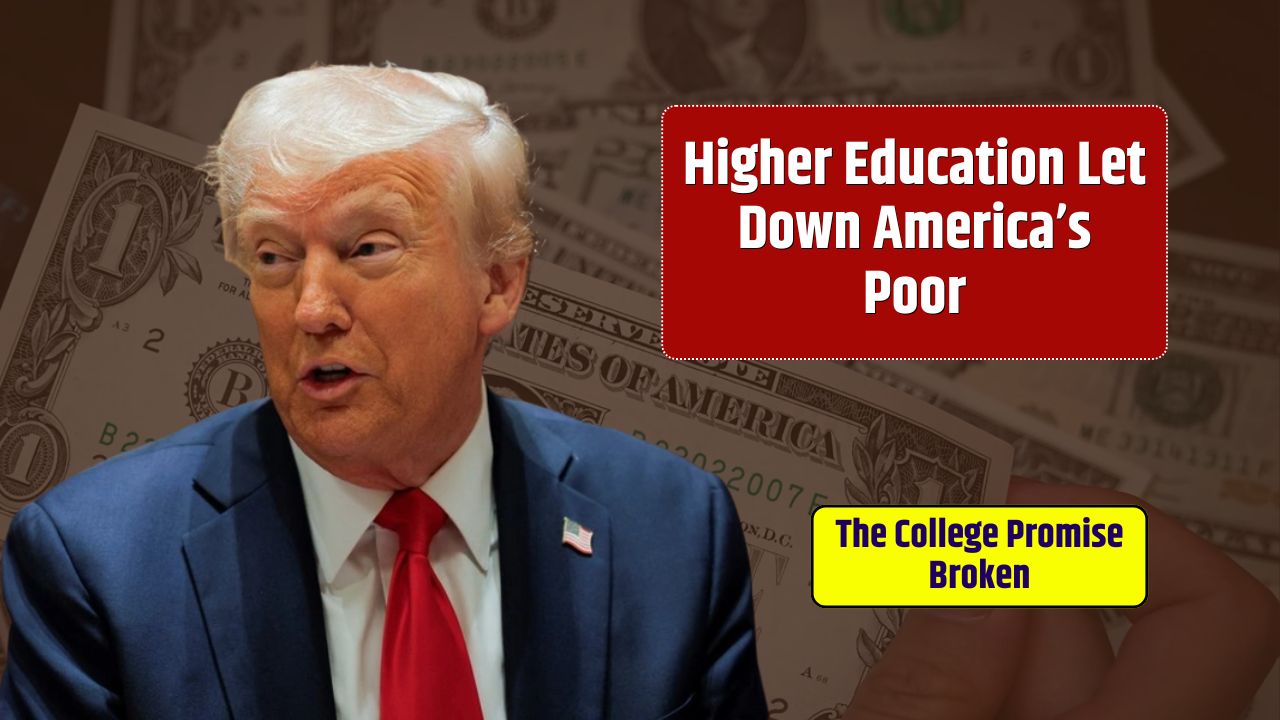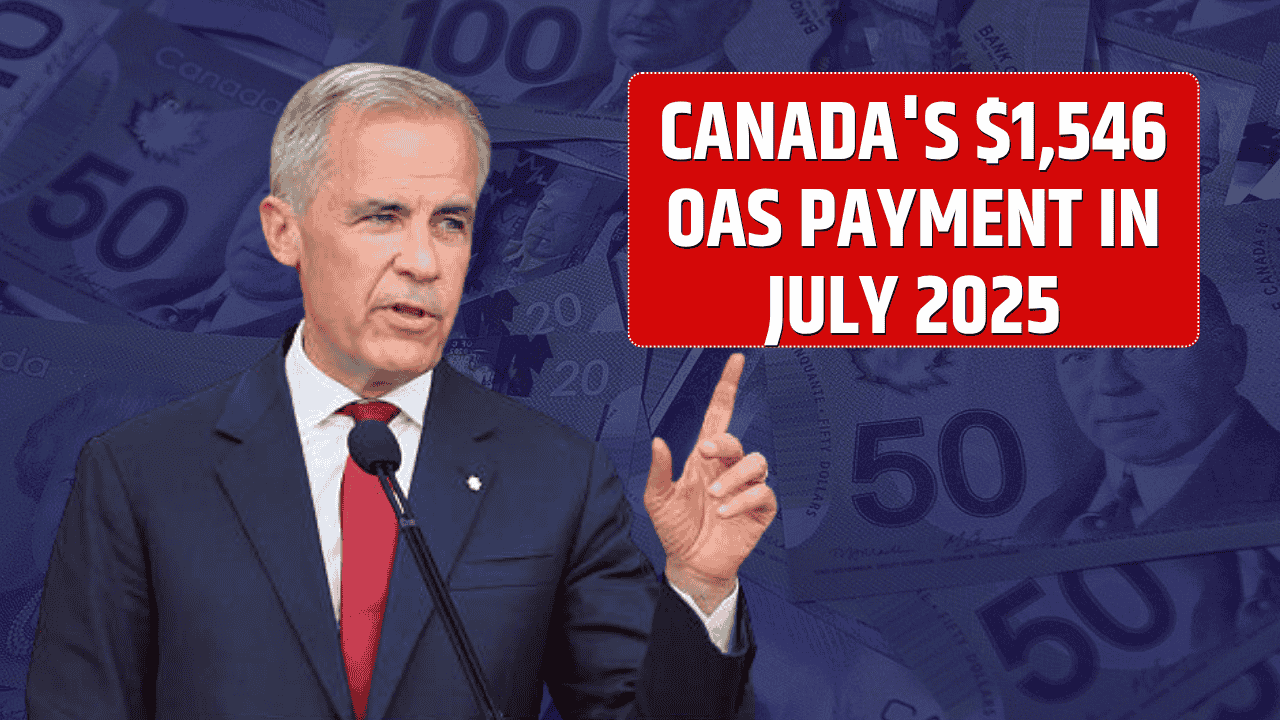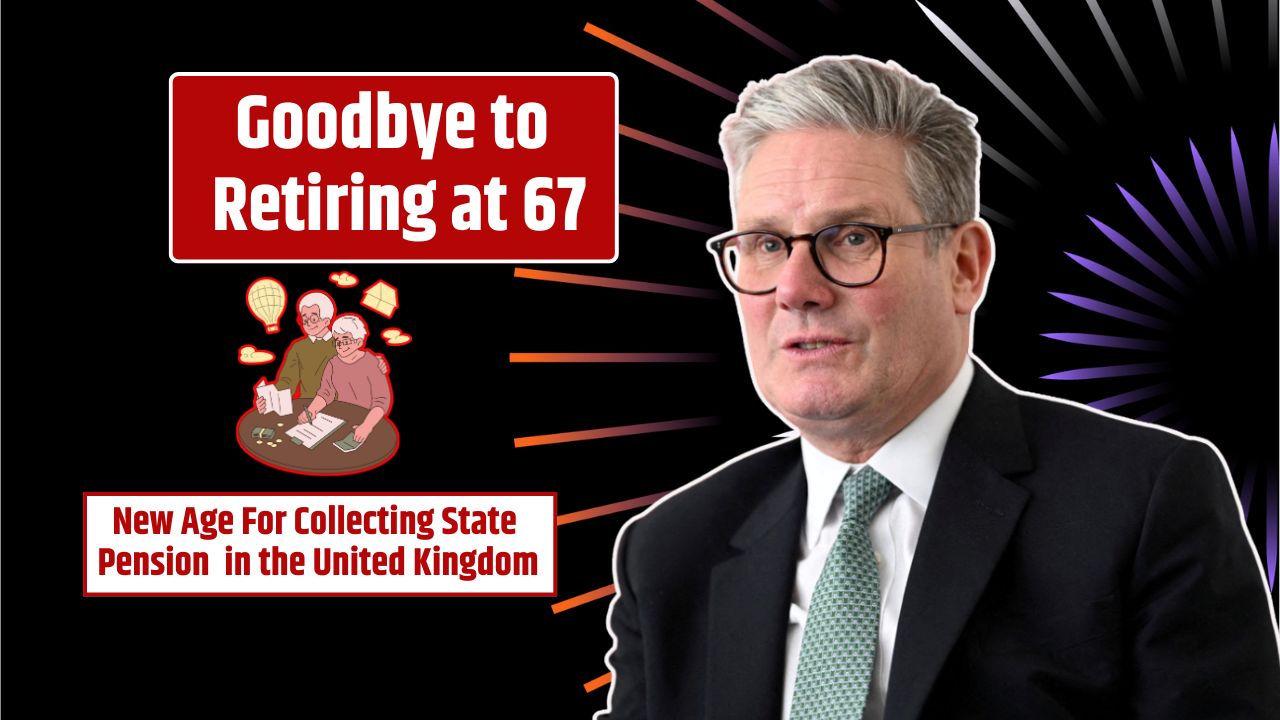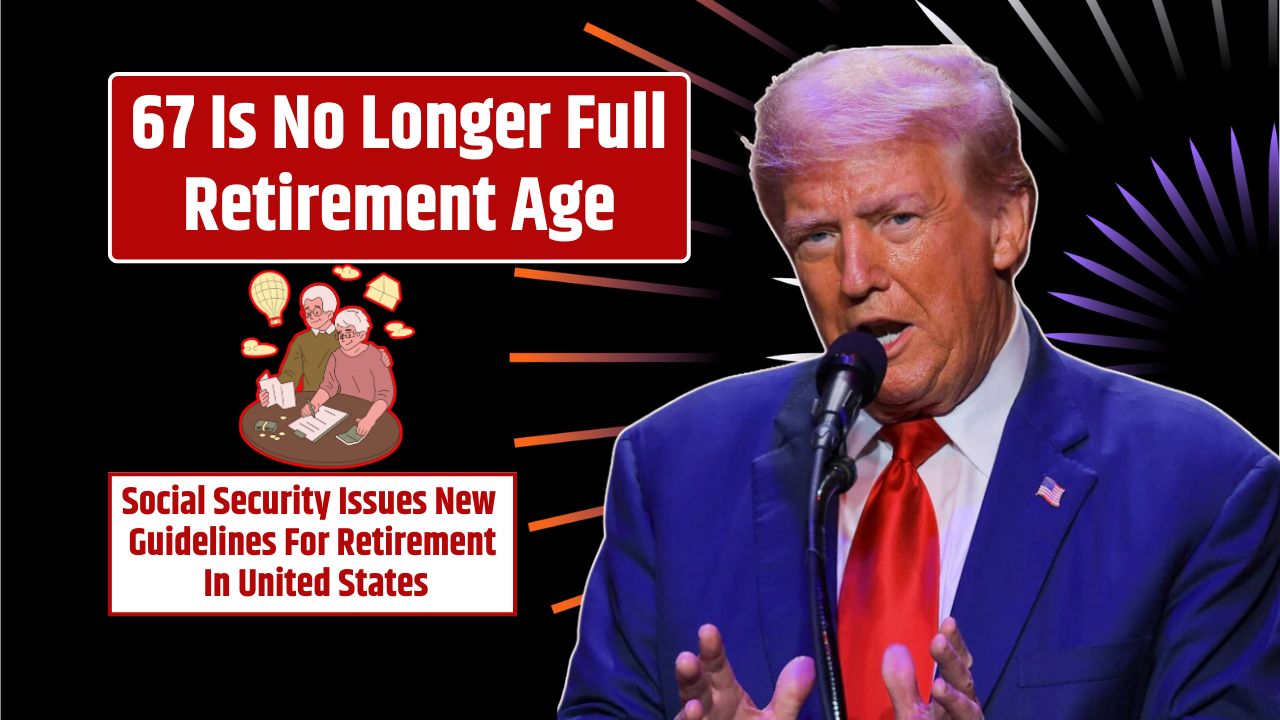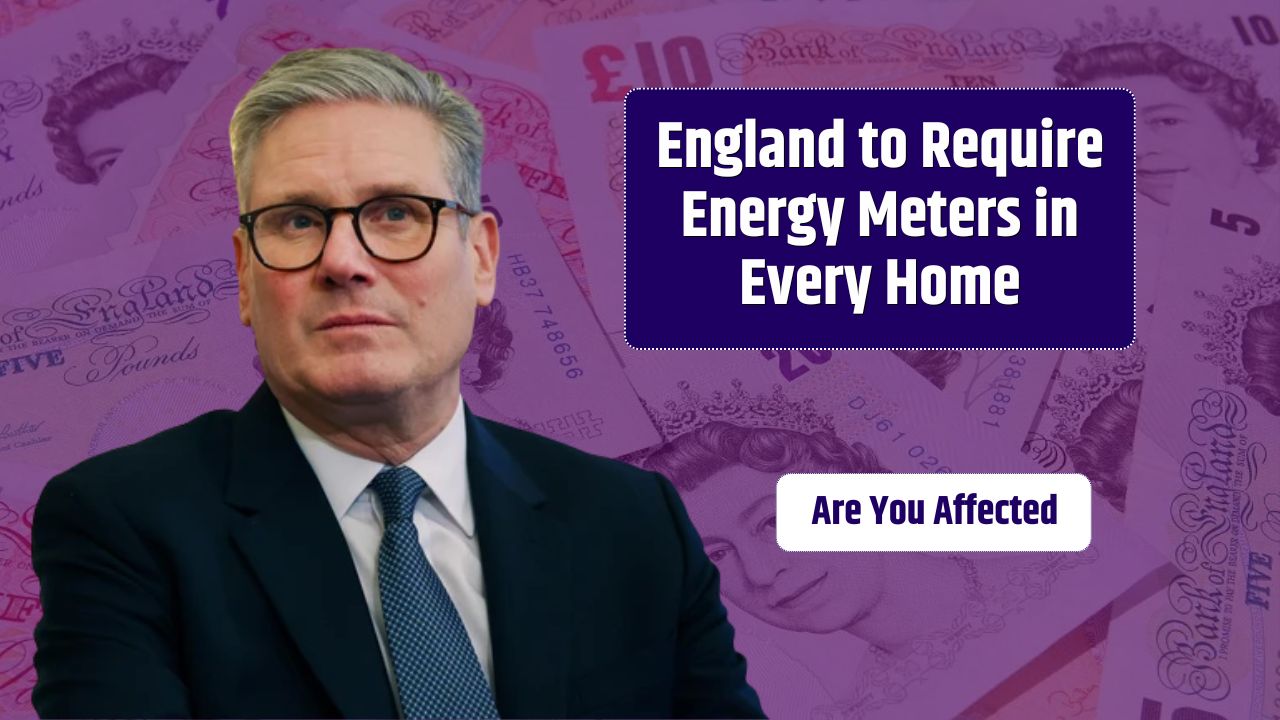For much of the 20th century, college was a powerful economic equalizer. Regardless of background, earning a degree was a surefire way to boost your lifetime income. But that’s no longer true for everyone. Today, the “college premium” — the wage advantage that comes from higher education — is shrinking for low-income students while growing for their wealthy peers.
What changed? Decades of policy decisions and structural inequalities have shifted poor students into lower-value institutions and majors, fundamentally altering the return on investment for a college education. Here’s a closer look at the problem — and what we can do about it.
Table of Contents
The College Premium Is Still Real — But Not for Everyone
On average, people who complete at least one year of college earn significantly more than those with just a high school diploma. That’s the college-going premium — and over a lifetime, it typically leads to better jobs and higher wages.
But this premium is no longer evenly distributed. Economists Zachary Bleemer and Sarah Quincy, who studied over a century of educational data, found that wealthy college students now earn nearly three times the premium of their low-income peers. For poor students, college pays off only half as much as it once did.
What Caused the Shift?
1. Community Colleges Became a “Separate Track” for Poor Students
In the 1960s and ’70s, both Republicans and Democrats invested heavily in community colleges, seeing them as a low-cost gateway to higher education. President Nixon even called two-year colleges a better fit for many students than four-year degrees.
But instead of expanding access, community colleges redirected low-income students away from public research universities. While the share of wealthy students in two-year colleges barely changed between 1980 and 2000, poor student enrollment surged by 12 percentage points.
These institutions offer fewer resources, lower transfer and graduation rates, and smaller wage returns. Only 16% of community college students earn a bachelor’s degree within six years.
| Institution Type | Bachelor’s Degree Completion (6 years) | Average Wage Premium vs. Public Research Universities |
|---|---|---|
| Community College | 16% | –50% |
| For-Profit College | Lower | –25% |
| Public Research University | Much higher | Baseline |
2. Funding Cuts Weakened Schools That Serve Poor Students
Colleges that enroll more low-income students have borne the brunt of government budget cuts. The results:
- Higher student-to-faculty ratios
- Lower graduation rates
- Increased dropout risk
This erosion of quality hits poor students hardest and further depresses their long-term earnings.
3. Poor Students Are Pushed Into Lower-Value Majors
Even within the same universities, low-income students are more likely to choose low-return majors. In the past, rich and poor students earned humanities degrees at similar rates. Now, most humanities majors come from low-income families, while high-earning fields like engineering and computer science are dominated by wealthier students.
Why? Because:
- High-return programs often have separate applications, minimum GPAs, and prior coursework requirements
- These hurdles favor students from well-funded high schools
- Poor students often lack accurate data about wage outcomes for different majors
What Needs to Change?
Stop Treating Two-Year Colleges as Equivalent Alternatives
Community colleges serve an important purpose, but they should not be viewed as equal substitutes for four-year institutions. The data is clear: lifetime earnings and degree attainment are much higher for students who attend public research universities or selective four-year colleges.
Policy recommendation: Four-year schools should expand enrollment and offer online or hybrid pathways to attract more low-income students.
Extend Admissions Advantages to Low-Income Students
Elite institutions already reserve spots for legacy applicants. Why not offer similar admissions preferences to qualified low-income students?
Help Students Choose Higher-Return Majors
Students often overestimate the value of business or humanities degrees and underestimate earnings from engineering or tech fields. Universities can:
- Provide transparent wage data by major
- Offer academic support and bridge programs to help students qualify for competitive programs
The Bottom Line
Higher education still offers upward mobility — but only if students have access to high-quality institutions and clear guidance. Right now, poor students are more likely to end up in underfunded schools and low-return majors, putting them at a disadvantage even before they graduate.
We built a system that unintentionally sets up low-income students to fall behind. It’s time to rebuild one that helps them move ahead.
FAQs
Is college still worth it for low-income students?
Yes, but only if they attend high-quality institutions and complete degrees in higher-earning fields. Otherwise, the returns are limited.
What’s the biggest factor reducing the college premium for poor students?
Enrollment in lower-value institutions like community colleges and for-profits, along with barriers to high-return majors.
Do community colleges offer any advantages?
They’re affordable and flexible, especially for working students. But they tend to offer lower economic mobility unless students transfer and graduate.

